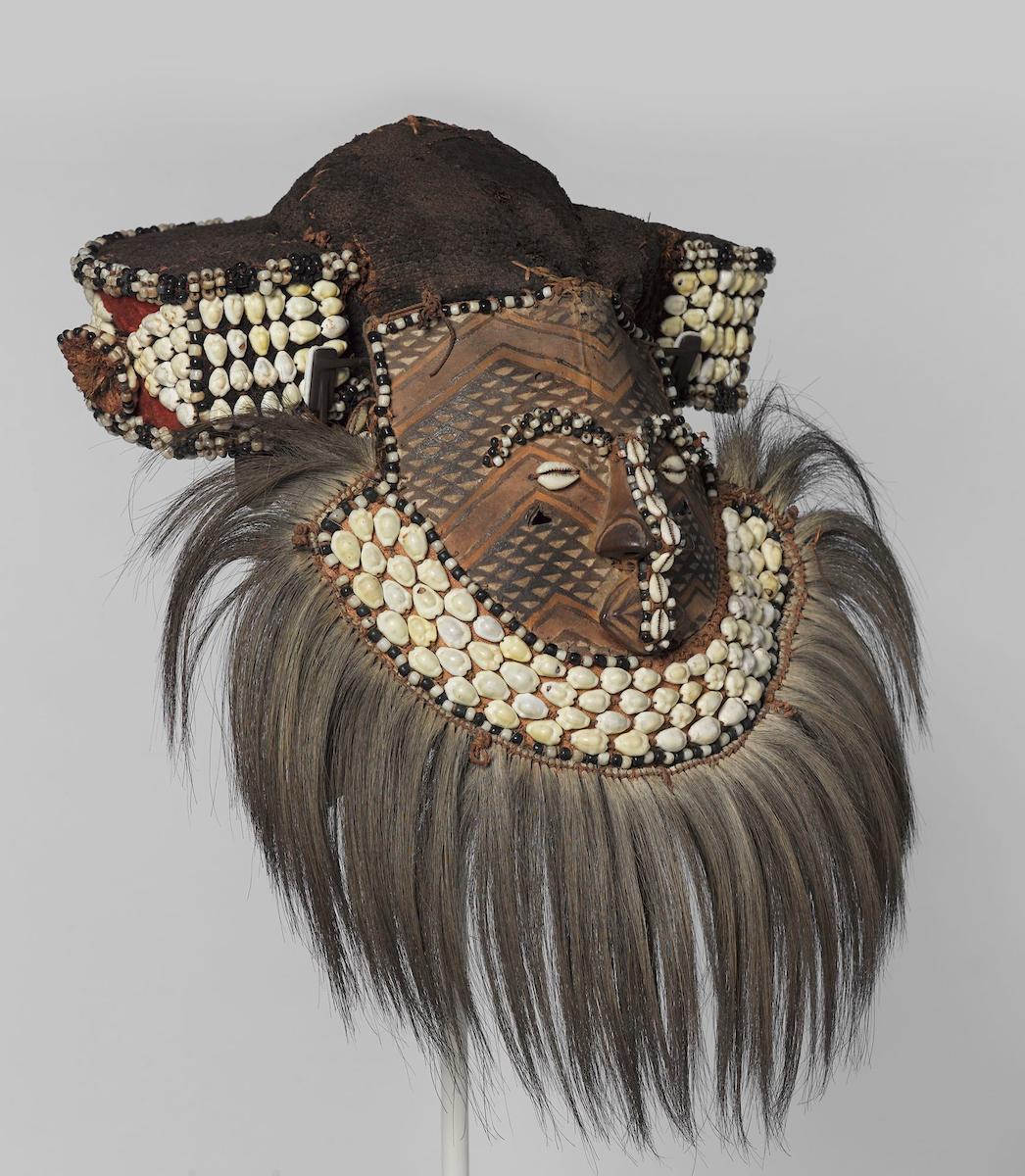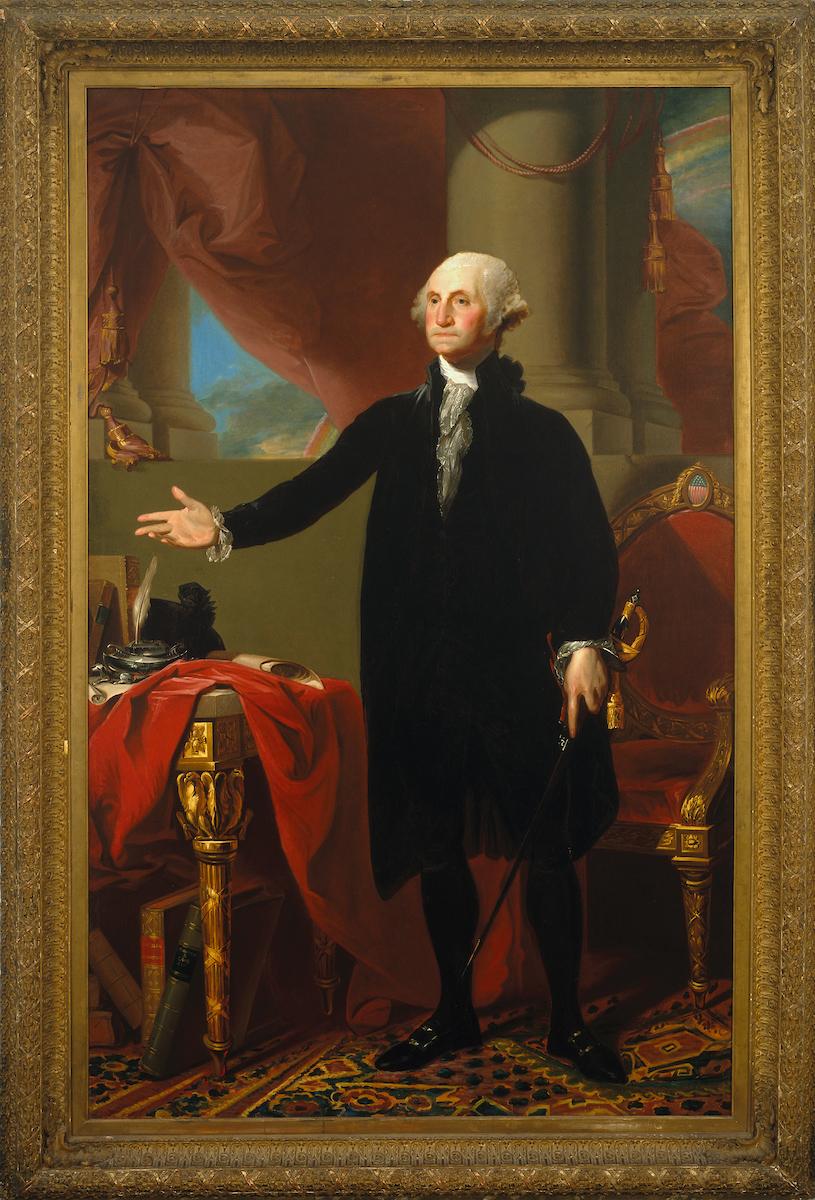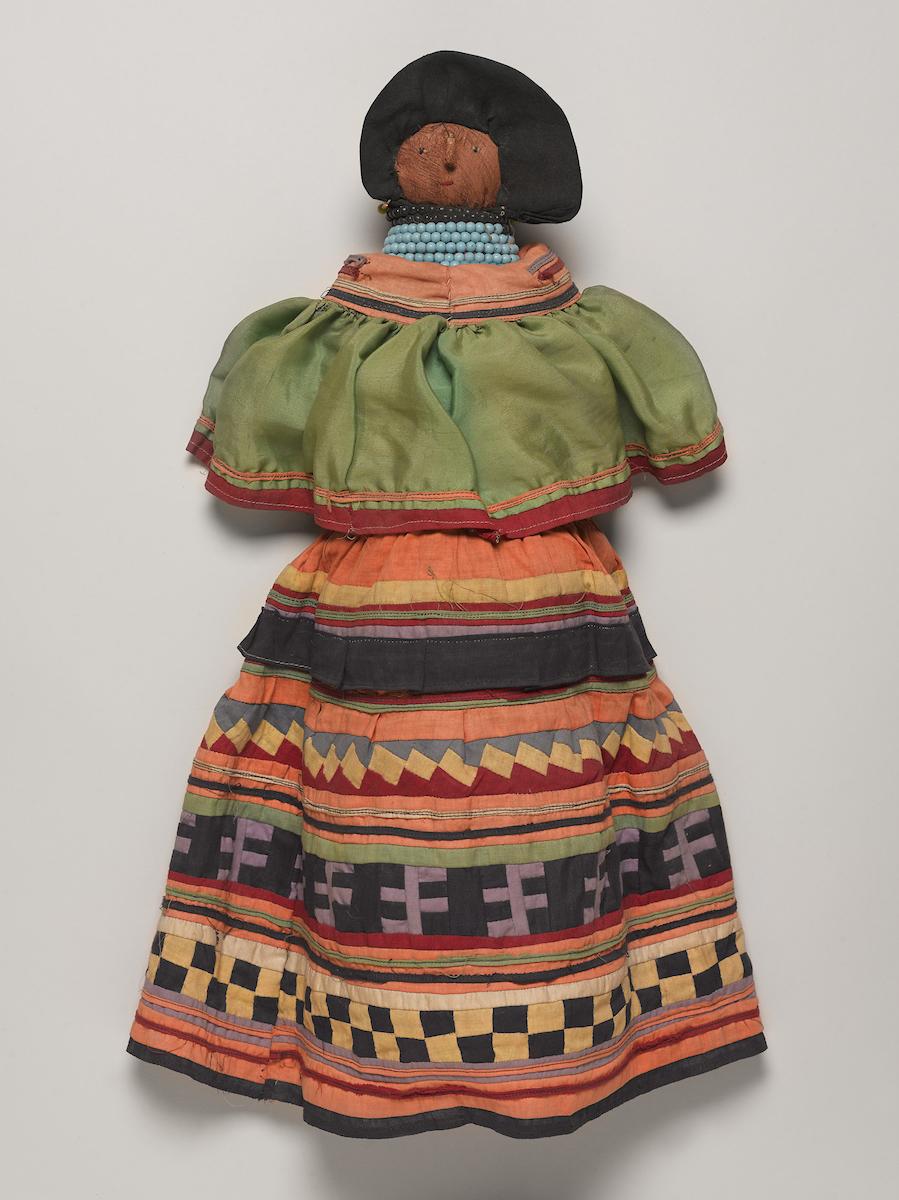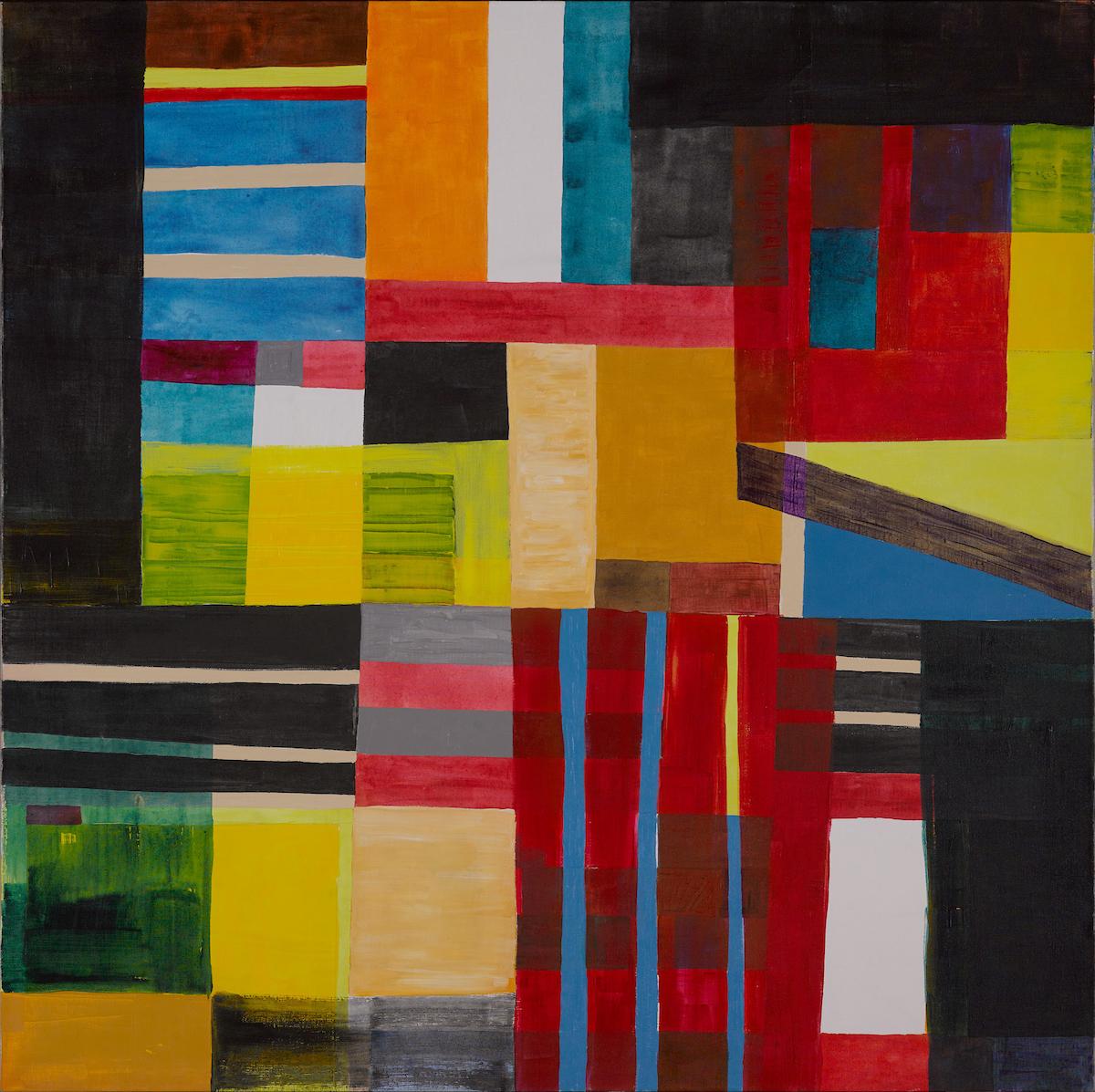African Arts―Global Conversations is curated by Kristen Windmuller-Luna, Sills Family Consulting Curator, African Arts, Brooklyn Museum.
The exhibition starts with an introductory gallery adjacent to the Museum’s lobby and continues throughout the Museum with groupings of works installed in galleries dedicated to collections for European Art, Arts of the Americas, American Art, Ancient Egyptian Art, and Arts of Asia. The introductory gallery includes examples of historical art history textbooks, illustrating the limited ways in which African arts have been included in the art historical canon, often appearing only as footnotes to European modernism. A snapshot of the larger exhibition, the seven groupings in the introductory gallery (including themes such as Feminisms, Multiple Modernisms, and Idealized Portraits) present major concepts and movements in art history, recasting them with an eye toward the African continent. African Arts―Global Conversations continues in other galleries in the Museum, exploring additional topics that include Crossroads: Orthodox Ethiopia and Catholic Italy, which pairs processional crosses from each kingdom, illustrating their historical connections and how the interpretation of the cross form varied across cultures; Might and Memory, which explores different expressions of power by contrasting sculptures dedicated to warriors from Ethiopia’s Konso peoples with those from the Huastec peoples of modern day Mexico; and Iconoclasm, which considers, through the pairing of a pharaonic Egyptian portrait sculpture and a Kongo power figure (nkisi), how acts of destruction can also be acts of agency. Also included in the exhibition is a mask carved by a Fang artist paired with a portrait by Pablo Picasso, reassessing the Spanish artist’s long relationship with African art and exploring his limited understanding of the continent’s diverse artistic styles, while also presenting each artist’s differing approach to images of women. American painter Beauford Delaney’s engagement with Fang sculpture is considered as well, in the grouping African Arts and the Harlem Renaissance, which includes vintage books by Alain Locke and Carl Einstein.
































